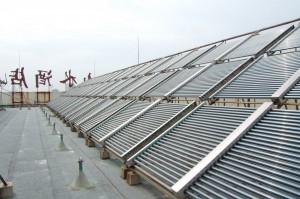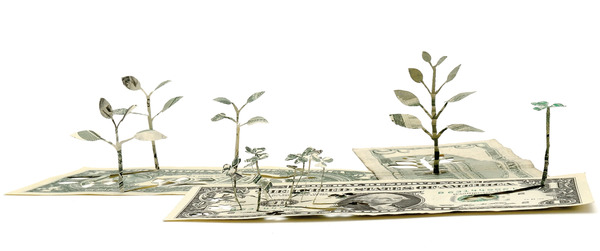 By now, news of the catastrophic BP off-shore oil rig explosion in the Gulf, and now massive resulting oil leak, has circulated national and international press. Referred to as one of the worst environmental disasters on record, with an oil spill predicted to be double that of the Exxon Valdez in 1989: at a rate of 25,000 barrels a day, a total of 2.2 million gallons of oil spilled, if the well isn’t tapped; a process experts say can take up to three months. Ironically, this event couldn’t have occurred at a more inopportune time for the President, who just a month ago announced a halt on the longstanding off-shore drilling moratorium along the US Eastern seaboard in order to expand off-shore oil and natural gas exploration. Sadly, this type of horrific environmental disaster has happened time and time again, and will continue to happen as long as we continue to rely on fossil fuels for the majority of our energy supply. The more important question to ask is: when is enough enough?
By now, news of the catastrophic BP off-shore oil rig explosion in the Gulf, and now massive resulting oil leak, has circulated national and international press. Referred to as one of the worst environmental disasters on record, with an oil spill predicted to be double that of the Exxon Valdez in 1989: at a rate of 25,000 barrels a day, a total of 2.2 million gallons of oil spilled, if the well isn’t tapped; a process experts say can take up to three months. Ironically, this event couldn’t have occurred at a more inopportune time for the President, who just a month ago announced a halt on the longstanding off-shore drilling moratorium along the US Eastern seaboard in order to expand off-shore oil and natural gas exploration. Sadly, this type of horrific environmental disaster has happened time and time again, and will continue to happen as long as we continue to rely on fossil fuels for the majority of our energy supply. The more important question to ask is: when is enough enough?
Paul Krugman correlates the recent BP disaster to the start of the environmental movement in the 1970s, when pollution was physically visible much more so than it is today. While existing EPA regulations, a result of the 1970s environmental movement, helped to cap much of the visible pollution of that time, today Americans are, ironically, less aware of environmental damage because we rarely see it. Climate change is a perfect example. Clearly there are visible products of climate change: weather shifts, species eradication and impacts on habitat, but in reality, how often do we actually stop and see these impacts? The implications are so long-term it’s often hard to comprehend.
As for BP, the oil spill happened and we cannot undo the subsequent damage. We can, however, learn from this event and wake up this time around. We have the chance to shift to a clean energy future; we have the technology, the brain power and the interested institutes and Universities. We now need strong, unfaltering leadership. No longer can we rely on such dirty and dangerous methods of energy production – the damage surely out weights any benefit.

 China exceeded U.S. investment in clean energy for the first time last year with deployments totaling $34.6 billion. The country still has a long way to go to clean up it’s emissions—China surpassed the US as the global leader in C02 emissions several years ago—but they’re moving quickly to clean up their act.
China exceeded U.S. investment in clean energy for the first time last year with deployments totaling $34.6 billion. The country still has a long way to go to clean up it’s emissions—China surpassed the US as the global leader in C02 emissions several years ago—but they’re moving quickly to clean up their act.







